Car makers have produced thousands of models since Ford turned out the first Model T in 1908, but relatively few drive the roads today.
Here’s a look at the models that have endured customers’ changing tastes by continuously evolving.
1. Chevrolet Camaro (1967)

Over the years, car enthusiasts have debated whether the iconic Chevrolet Camaro is a muscle car or a sports car. Can’t it be both? The Camaro has long boasted serious horsepower and sleek, sporty lines that have always drawn attention at the stoplight.
RELATED: Here are The Worst Used Chevy Camaro Years to Avoid!
1. Chevrolet Camaro (1967)

The 1967 Camaro hit dealer showrooms in September 1966, after consumers had urged the automaker to develop an answer to rival Ford’s ubiquitous Mustang, which dominated the U.S. sports car market.
General Motors has produced five generations of the Camaro, pausing production from 2003 to 2010. In March, the automaker announced it was ending production of the Camaro with the 2024 model. This may prove to be another time-out for the classic car.
RELATED: Here Are The Chevy Trax Years to Avoid, Complaints and Life Expectancy Problems!
2. Toyota Corolla (1966)

The Toyota Corolla is the world’s best-selling car ever. The Japanese juggernaut has sold more than 49 million Corollas since the first model in 1966.
The compact Corolla has never wavered as Toyota’s mid-tier model. It lacks the luxury (and considerably higher sticker prices) of siblings like the Camry and Avalon while offering more perks, features, and quality than Toyota’s entry-level offerings.
RELATED: Here Are The Best Toyota Corolla Reliability Years for Used Models!
2. Toyota Corolla (1966)
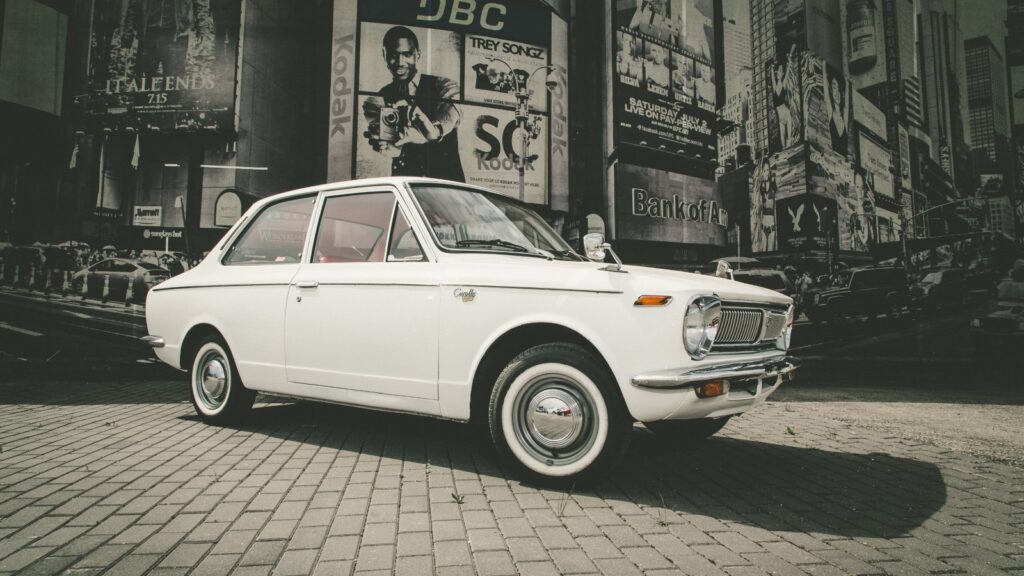
Like all Toyota models, the Corolla is known for its reliability and longevity. In recent years, it has also featured a sportier look. The 2024 Corolla comes in sedan and 4-door hatchback versions, and its sporty styling bears little resemblance to its boxy predecessors from the 1960s.
RELATED: Here Are The Used Toyota Corolla Years to Avoid!
3. Ford Mustang (1964)
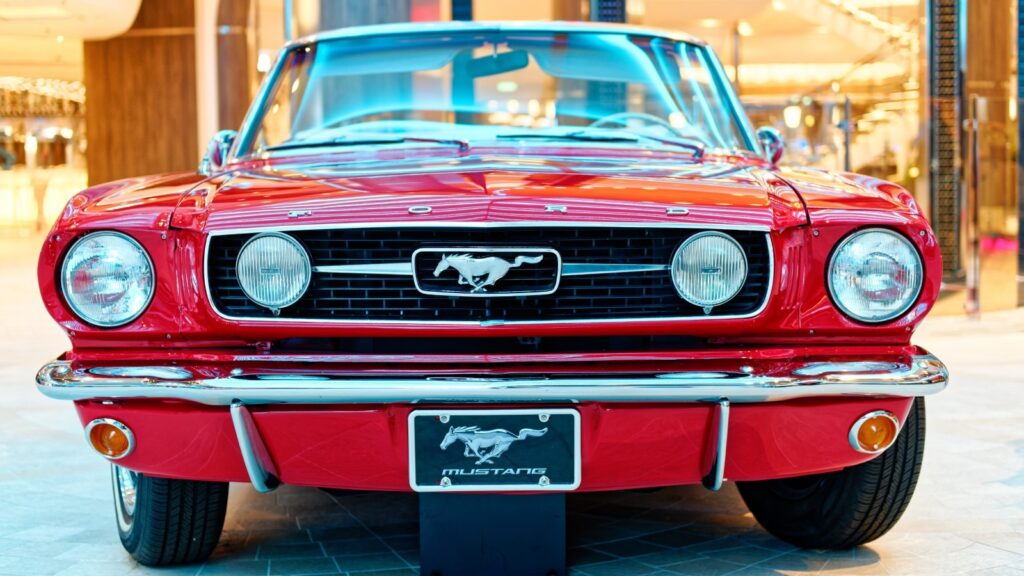
The Ford Mustang revolutionized the consumer car market, combining muscle and style in a car that was still affordable for the masses. The Mustang quickly became so popular that it spawned an entire car class segment, the “pony car,” to which its rivals, Camaro and Firebird, would be ascribed.
The car was immortalized in the 1968 Steve McQueen film Bullitt, which saw it airborne more than once in chase scenes shot on San Francisco’s many steeply inclined streets.
RELATED: 10 Super-rare Ford Mustangs, Even The Blue Oval Fans Never Heard About!
3. Ford Mustang (1964)
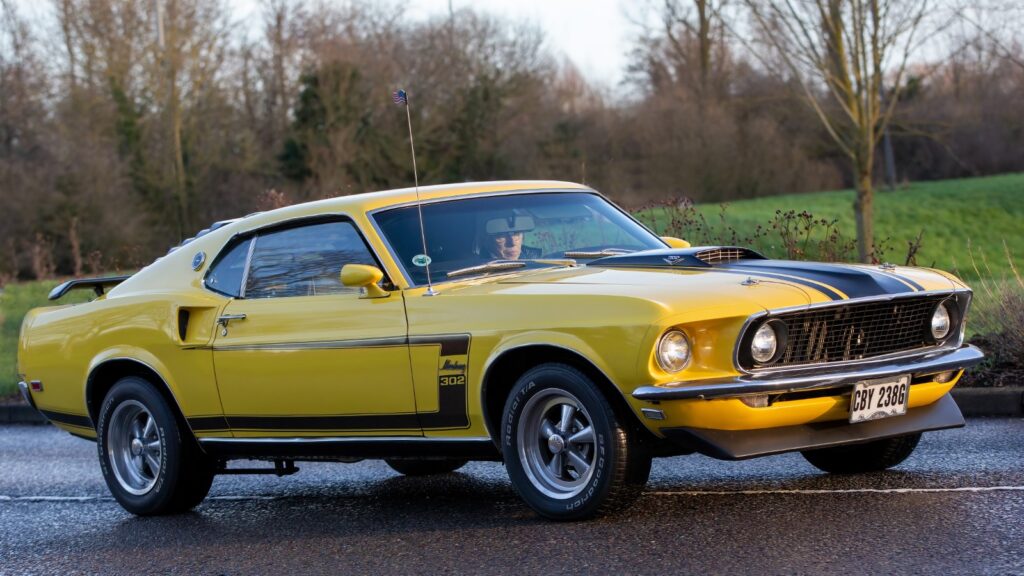
The 2024 Mustang marks the car’s sixth generation, offering various options and prices. The most affordable package is the EcoBoost Fastback, with a Manufacturer’s Suggested Retail Price of $30,920, less than half the price of the new Darkhorse Premium, which is $63,480.
RELATED: Here Are The Worst Ford Mustang Years to Avoid for Used Models!
4. Porsche 911 (1963)

The classic German sportscar celebrated its 60th birthday last year, showing no signs of slowing down. From the beginning, the 911 has boasted impressive acceleration for a mass-production car.
It’s as comfortable on the racetrack as it is for a night on the town, prompting company founder Ferry Porsche to once famously say, “The 911 is the only car that you can drive from an African safari to Le Mans, then to the theatre and onto the streets of New York.”
4. Porsche 911 (1963)
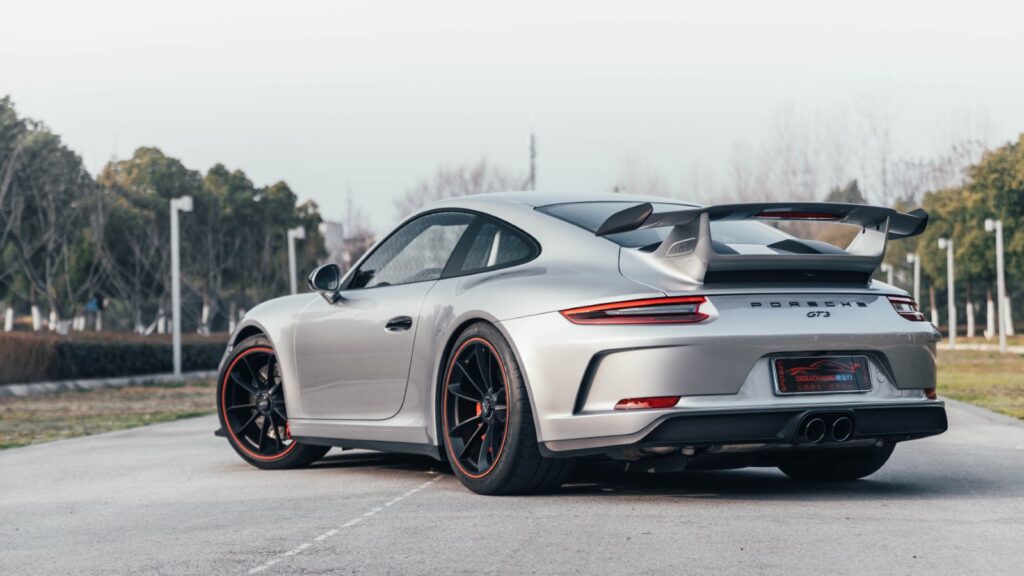
Today, Porsche makes more specialized versions of the 911. The 911 Turbo S is the fastest production car in the lineup, while the new 911 Dakar is the first standard off-road model in the series.
While its engineers have evolved and updated the 911 over the years, it is unique for still closely resembling that first model unveiled at the 1963 Frankfurt International Motor Show.
5. Fiat 500 (1957)

Fiat created the 500, known in Italy as the Cinquecinto, as an affordable little city car for the masses. Inspired by the success of Volkswagen’s Beetle, Fiat designed the 500 with a rounded shape and rear engine. Its miniscule size made it ideal for postwar Italy’s streets, many of which were never designed for cars.
5. Fiat 500 (1957)
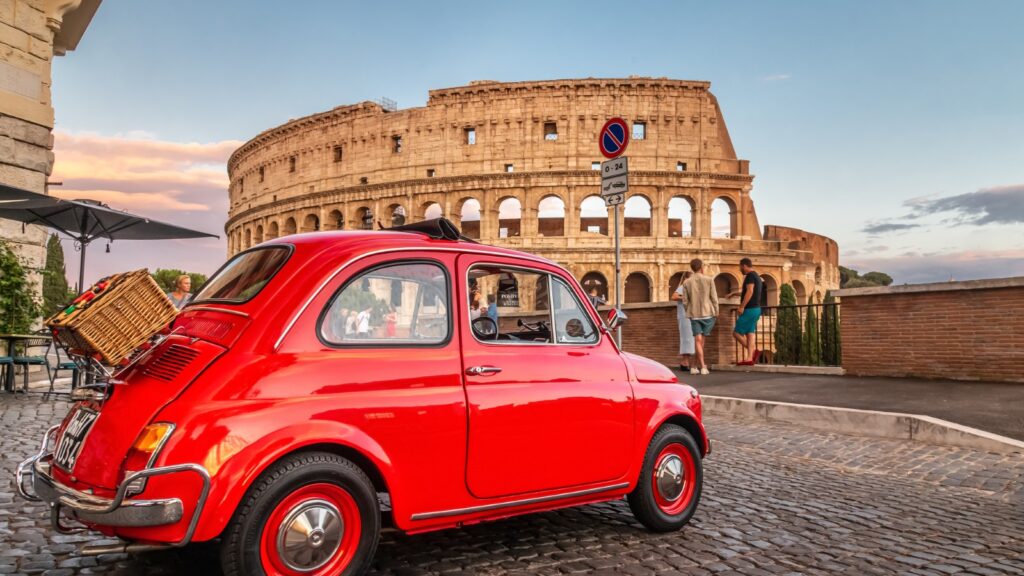
Fiat ended production of the 500 in 1975 when consumers began to value comfort and luxury over fuel economy. However, the 500 would return to production in 2003. Offering buyers more than 500,000 personalization combinations, the car’s retro-inspired reincarnation proved an instant hit.
6. Chevrolet Corvette (1953)
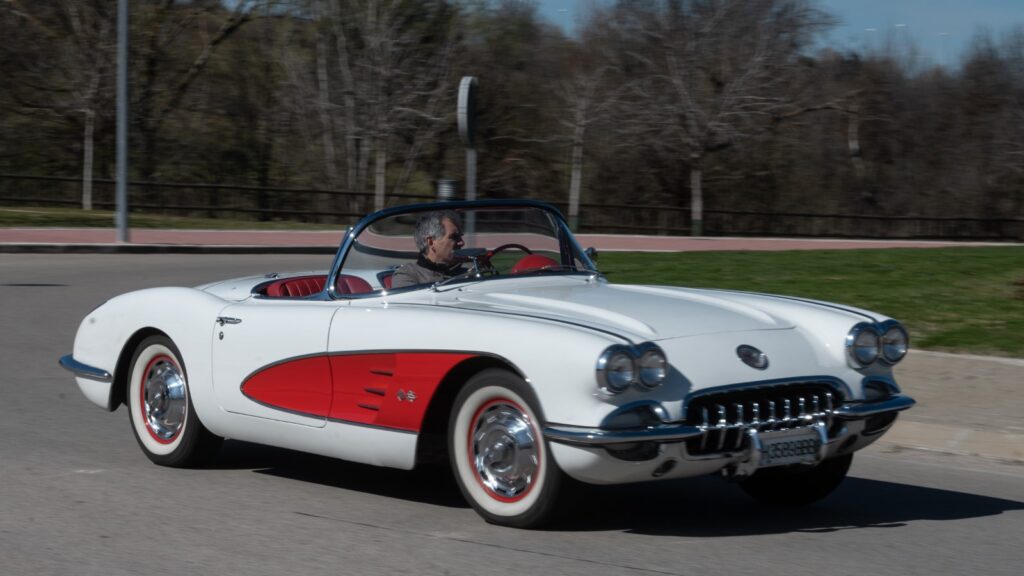
Anyone can recognize the Chevrolet Corvette. This sporty American classic has its own Corvette National Museum, complete with a motorsports park, in Bowling Green, Ky., where the car is built. Plant tours are available!
6. Chevrolet Corvette (1953)
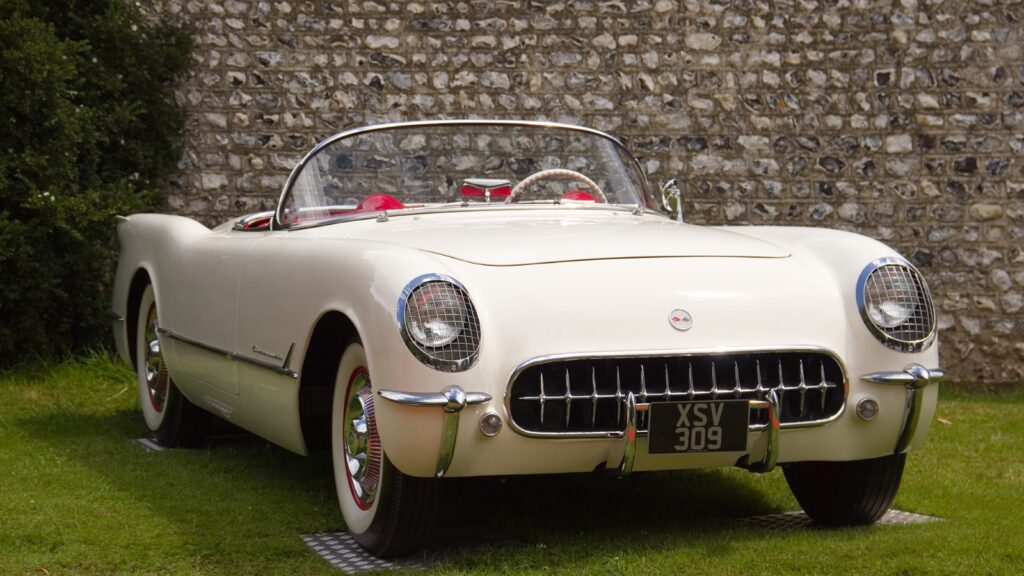
The Corvette took its name from a fast type of naval warship. GM, then the world’s biggest automaker, wanted a two-seat sportscar to crack Europe’s dominance in that market segment. Its designers have always focused on keeping the car as lightweight as possible – using fiberglass composite parts since 1954.
7. Toyota Land Cruiser (1951)

Toyota first designed the Land Cruiser as a mobility vehicle for Japan’s National Police Reserve. Still prohibited from rebuilding its military after World War II, the nation felt vulnerable as the United States, still its occupier, was distracted by North Korea’s invasion of South Korea.
The automaker was initially allowed to build 1,000 units of the vehicle, which would be sourced only from parts from its other models.
7. Toyota Land Cruiser (1951)

The Land Cruiser has come a long way from those humble roots. By the turn of the 21st Century, Americans were buying 15,000 Land Cruisers a year. Production stopped in 2021 as sales had lagged to just 1% of the Toyota RAV4 SUV, but Toyota reintroduced the vehicle to the U.S. market for the 2024 model year.
8. Ford F-Series (1948)
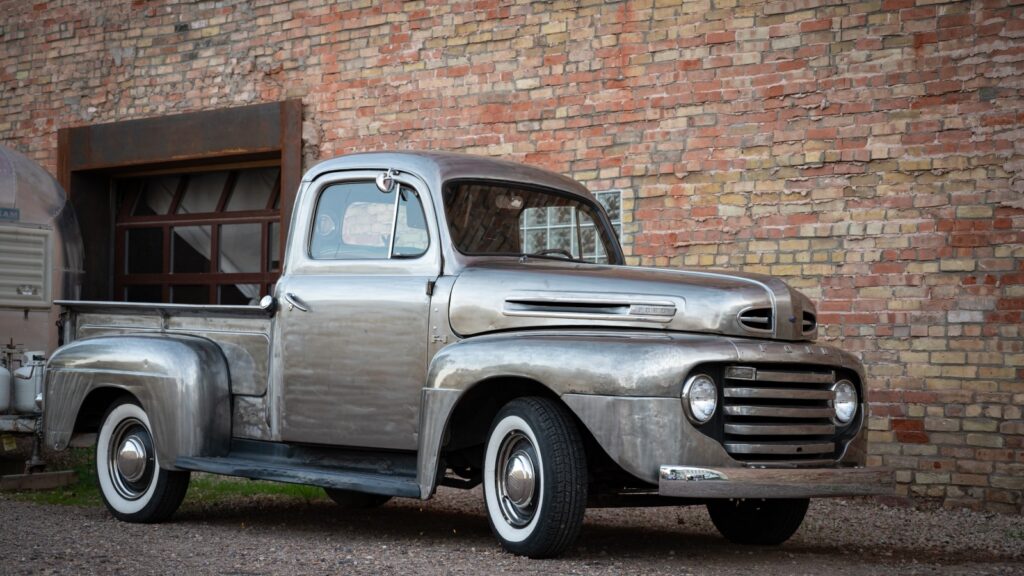
As the U.S. economy boomed after World War II, more men were driving into urban and suburban areas looking for work. They often came in their trucks, and Ford saw an opportunity. Its F-Series of pickups was born.
Ford began to equip the trucks with more comfort, both standard and as options, and curb appeal became a new priority.
8. Ford F-Series (1948)

Today, the F-Series has been America’s best-selling truck for 47 consecutive years, and it’s been the top seller among all vehicles since 1982. The trucks generate enormous revenue for Ford, enabling it to invest more in electric and hybrid cars.
9. Volkswagen Transporter (1947)

Americans know the Volkswagen Transporter as the VW Bus, the Microbus, or the VW Camper Van. A Dutch VW importer, Ben Pon, invented the bus while touring a VW Beetle plant and seeing the parts vans that scurried around the plant. Pon thought they’d made an ideal production vehicle, and he patterned its looks after the VW Beetle.
9. Volkswagen Transporter (1947)

The VW Transporter is the best-selling van worldwide, selling 14 million units. The vehicle has fueled an entire “‘van life’” culture, from campers and surfers to Gen Z buyers who take advantage of greater connectivity to work from just about anywhere.
10. Chevrolet Suburban (1935)
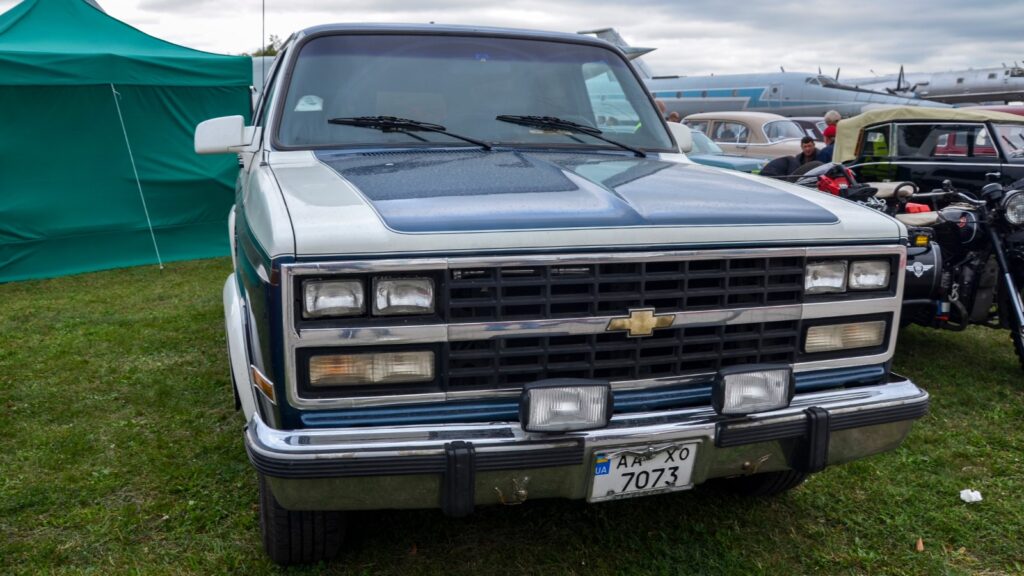
The Chevrolet Suburban is the world’s longest-running production vehicle, initially dubbed the Suburban Carryall. It’s the original SUV, combining cargo capacity and comfort, and that’s quite an honor in the U.S., where roughly half of all vehicles sold are SUVs.
10. Chevrolet Suburban (1935)

The Suburban found a new level of popularity in the SUV boom that began in the 1990s. Big, brash, and pragmatic, it’s no wonder it appeals to Americans looking to haul large groups of people and cargo.



